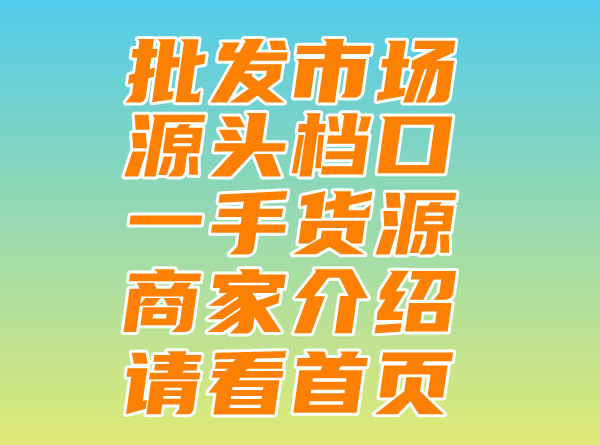How to Replicate Original Luxury Goods: A Detailed Exploration.
How to Replicate Original Luxury Goods: A Detailed Exploration.,
Luxury Goods Reproduction: An Examination of Replicas
In the realm of fashion and luxury goods, the concept of “replicas” has become increasingly prevalent. Replicating luxury items isn’t a new phenomenon, but its impact on today’s market and consumer behavior is significant. The practice of reproducing high-end designs and materials to create what are often referred to as “replicas” or “designer knockoffs” has become a complex issue that touches on questions of quality, authenticity, and the ever-evolving luxury industry.
Replica Luxury Goods: Quality and Authenticity
When it comes to luxury goods, authenticity is often equated with quality and status. However, the rise of replica products has blurred these lines. While some replicas offer a similar aesthetic at a lower price point, the quality of materials used in their production may vary greatly. This creates a challenge for consumers who seek out these items without breaking their budget.
The pursuit of authenticity in luxury goods is fueled by a desire for uniqueness and a sense of belonging to certain lifestyles or social circles. Yet, the existence of high-quality replicas presents a dilemma for brand owners and consumers alike. Brand owners face the challenge of protecting their intellectual property and maintaining their premium positioning, while consumers seek out these alternatives as a way to experience luxury without paying full price.
The question of quality becomes particularly complex in the realm of replica luxury goods. While some replicas offer impressive attention to detail and use of similar materials, others may use inferior alternatives to cut costs. This results in a wide spectrum of quality, which means that consumers must do their due diligence to find reliable sources for these products.
Impact on the Luxury Industry
The rise of replica luxury goods has had a significant impact on the luxury industry as a whole. As more consumers opt for affordable alternatives, traditional luxury brands are facing increased competition from these lower-cost options.
On one hand, this shift has forced luxury brands to reassess their pricing strategies and customer experience to stay competitive. At the same time, it has created opportunities for niche markets and independent designers to offer authentic luxury experiences that are not mass produced.
Moreover, the existence of replicas has sparked discussions about consumer behavior and the role of social media in shaping perceptions about luxury goods. With social media influencers promoting affordable alternatives to luxury items, consumers are becoming more open to exploring non-traditional avenues for obtaining the same aesthetic experience.
In conclusion, the phenomenon of replica luxury goods is here to stay. It has reshaped the landscape of the luxury industry and presented both challenges and opportunities for all stakeholders involved.

- Luxury Replica Men's Watch Recommendations
- Luxury Knockoffs Reporting: The Fight Against Fake Luxury Goods
- 仿奢侈品女包风潮:时尚魅力与实用并重
- Luxury Jewelry Brand Knockoffs: The Insight on High-End Imitations
- Luxury Fake Brands in Foreign Trade: Origin, Impact and Trends
- Luxury Goods High-Quality Replicas: The Fine Art of Imitation.
- Luxury Fake LV Scarf: The Ultimate Guide to Fashion Accessory Simulations
- Taiwan's High-End Luxury Knockoffs: The Real or Fake Dilemma


